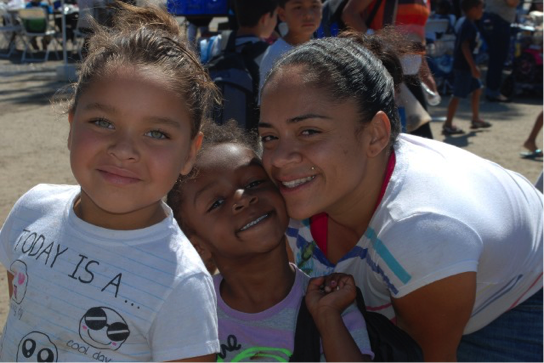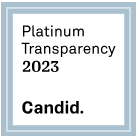Bringing Breakfast to the Classroom
/All children deserve access to school breakfast to support their learning. Decades of research prove that school breakfast greatly improves academic performance and student behavior.
However, more than 60% of low-income students in California do not eat a regular breakfast, which limits their ability to succeed in school.
In October 2016, Escondido Union School District (EUSD) made a move to change that statistic by rolling out Breakfast in the Classroom at Felicita Elementary School. EUSD plans to expand to more elementary schools in coming years.
Already, daily student participation in the breakfast program has increased by 60%. Now, 465 students, which is close to seven out of ten at the school, enjoy free breakfast each morning and teachers tell us it’s a great way to begin the school day.
Thanks to the work of California Food Policy Advocates, San Diego Hunger Coalition, and other anti-hunger organizations statewide, an additional $2 million in the California state budget will enable public schools to start or expand after-the-bell breakfast programs.
San Diego Hunger Coalition’s Robin McNulty provided testimony to advocate for expanding Breakfast After the Bell statewide and has written a case study on the program’s past success at Lemon Grove Elementary School. This proven impact helped encourage Escondido to roll out breakfast in the classroom.
Breakfast After the Bell models see a substantial increase in student attendance, positive academic performance, less student tardiness and visits to the health office.
The state government will provide grants of up to $15,000 per school site, with priority given to high poverty schools. This funding is a huge win for ending hunger in the classroom.
For more information on these state funded grants click here or contact Paloma Perez Bertrand.






















